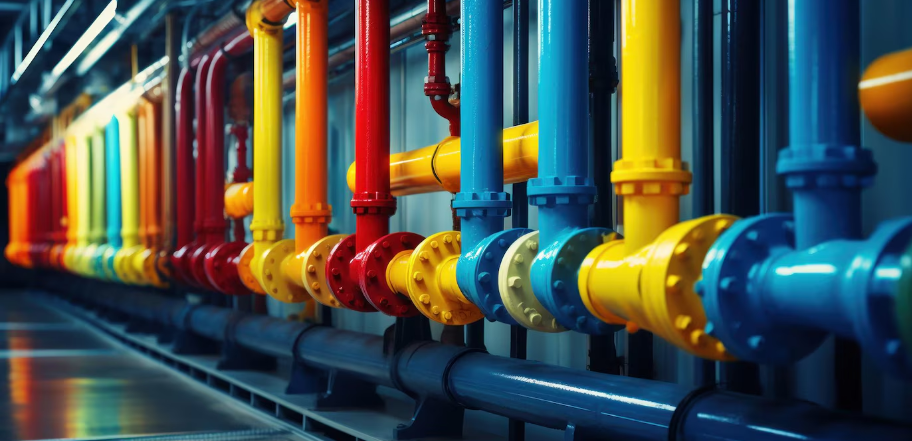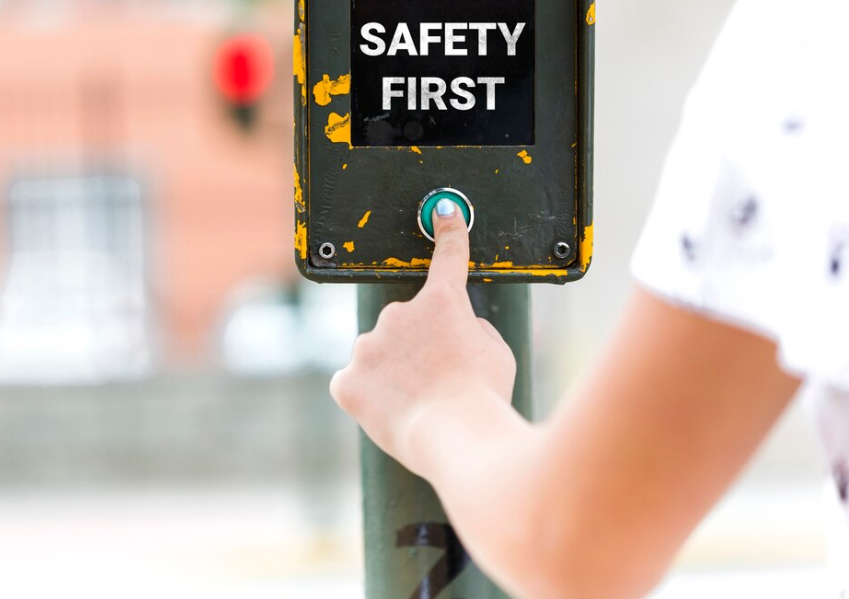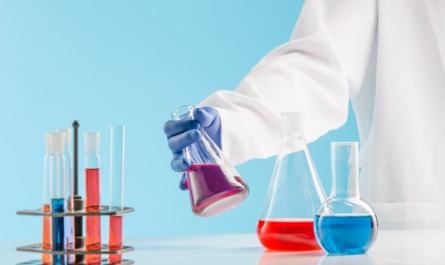PIPELINE TRANSFER
• Pipelines are required to carry a variety of materials such as water, steam, air, oil, gas, vapor etc.
• From storage tanks to process vessels, from process vessels to product tanks and from there to filling (loading) points, pipelines are required.
• They may be above ground, underground or as per requirement.
• Pipe work may be of cast iron, MS, SS, lead, copper, plastic etc.
1.Criteria for Piping Installation:
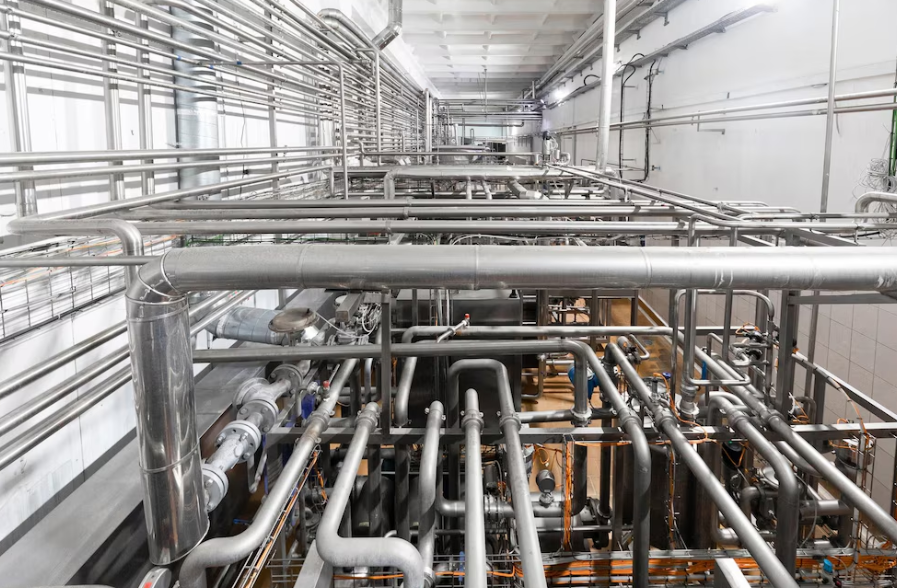
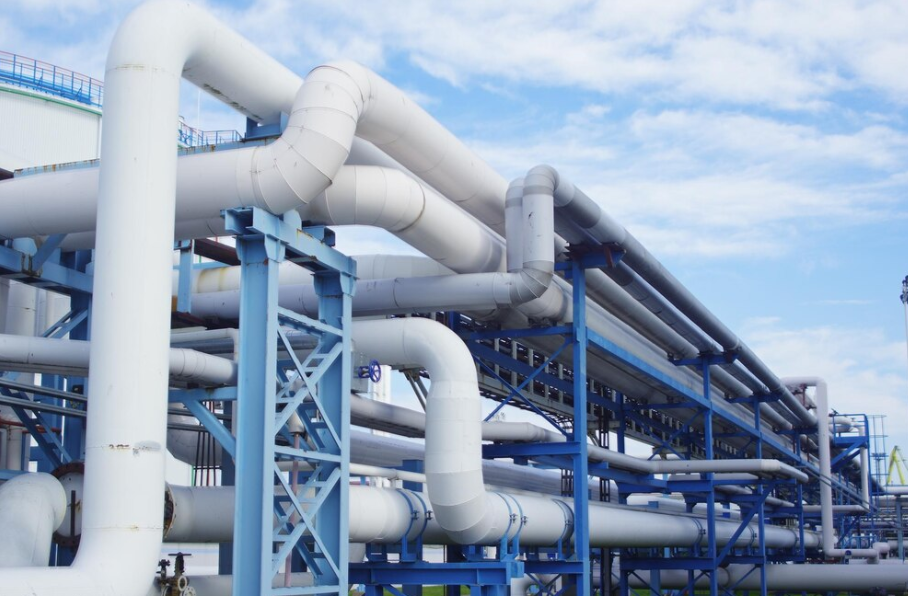
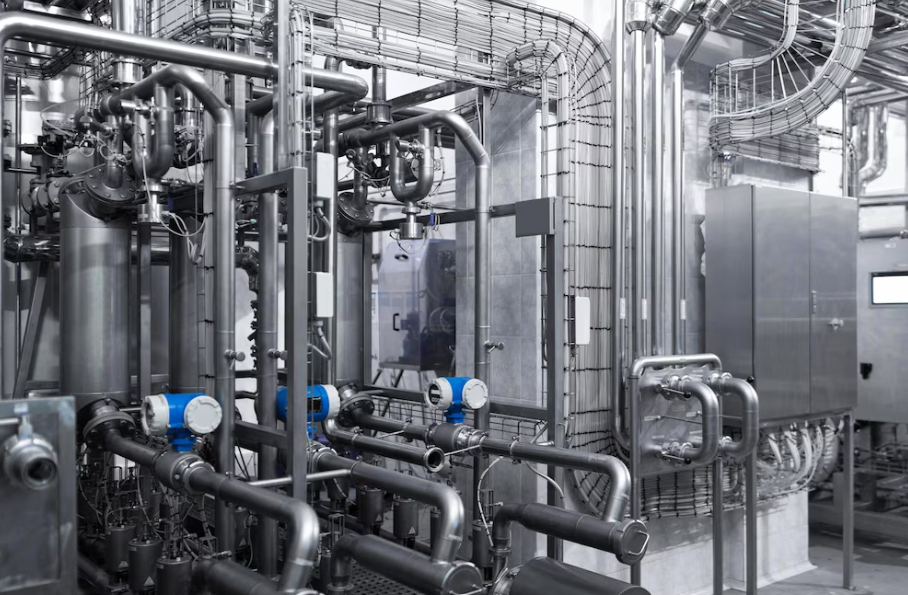
• Main factors are- MOC, design and layout, supports and clamps, welding or flange joints, packing or gaskets, valves and other fittings, easy approach and working platform and testing and maintenance.
• MOC is selected depending upon nature (corrosivity, toxicity, flammability etc.), quantity (flow, weight, pressure) and other parameters like temp., viscosity, color, expansion etc.
• Thickness of pipe, its quality, welding pattern, flanging are to be considered while selecting for high pressure and temperature.
• For extremely hazardous chemicals, pipes are tested for inter granular corrosion and certified before use.
• Insulation is applied to preserve heat and tracing for supplying heat to the inner materials.
2.Safety Aspects of Pipe work:
• General probability of leakage from pipelines is proportional to the length of pipelines, number of joints, valves, vents, drains etc.and complexity such as number of pump connections, recycle streams, hours of working etc.
• Therefore it is advisable to:-
• Minimize pipe length, branches and joints, flanges on vaccum lines.
• Provide welding joints for highly flammable or toxic chemical, good gaskets and gland packing, flange guard to deflect leak downward, flexibility to allow thermal expansion, drains and traps at visible places, removable plugs on sample points, adequate pipe supports, walkways, platforms or working place, earthing and bonding to remove static charge due to flow, painting with color coding (IS 2379).
• More pipe work in dyke is not desirable, particularly with hazardous chemicals, as it may be trapped in fire in dyke.
• Pipelines of flammable or toxic chemical should not be laid in tunnel, as its leak may spread from one area to another.
• Electrical cables or hot lines and flammable gas or liquid lines should not run side by side.
• Solvent lines should not be laid below corrosive line.
• Piping arrangement should be such that in case of failure at any point, the system can be quickly isolated by closing valves, without disturbing the of the system.
• Flushing arrangement should be provided for easy start up and maintenance.
• Pipe alleys should not run over the walking alleys, normal layout should be near the walls or in sides.
• To allow thermal expansion special joints or loops should be provided.
• Emergency control valves should be easily accessible.
• Bypass valve should be within easy reach.
• Auto control valve should have bypass or manual valve which may be required in the event of failure of auto control valve.
Additional safety precautions on the safe transfer of chemicals in the chemical industry::-
- Proper Training: Ensure all personnel involved in the transfer of chemicals are adequately trained in handling procedures, safety protocols, and emergency response.
- Use of Personal Protective Equipment (PPE): Mandatory use of appropriate PPE such as gloves, goggles, face shields, and protective clothing to prevent exposure.
- Standard Operating Procedures (SOPs): Develop and follow detailed SOPs for the transfer process, including step-by-step instructions and safety measures.
- Chemical Compatibility: Verify that the containers and transfer equipment are compatible with the chemicals being handled to prevent reactions or leaks.
- Labeling and Identification: Clearly label all containers and transfer equipment with the chemical name, hazards, and handling instructions to avoid confusion and accidents.
- Secondary Containment: Use secondary containment systems like drip trays or spill pallets to capture any accidental leaks or spills during transfer.
- Ventilation: Ensure adequate ventilation in the transfer area to prevent the buildup of harmful fumes or vapors.
- Grounding and Bonding: Implement grounding and bonding procedures to prevent static electricity buildup, which can cause sparks and ignite flammable chemicals.
- Closed Transfer Systems: Use closed transfer systems whenever possible to minimize the risk of spills and exposure to hazardous chemicals.
- Spill Response Plan: Have a spill response plan in place, including readily accessible spill kits and trained personnel to handle spills promptly and effectively.
- Inspection and Maintenance: Regularly inspect and maintain transfer equipment and containers to ensure they are in good working condition and free from defects.
- Monitoring Systems: Utilize monitoring systems to detect leaks, pressure changes, or other signs of equipment failure during the transfer process.
- Emergency Shut-Offs: Install emergency shut-off valves and switches that can quickly halt the transfer process in case of an emergency.
- Communication: Maintain clear and open communication among team members during the transfer process to ensure coordination and immediate response to any issues.
- Environmental Controls: Implement environmental controls to prevent contamination of air, water, and soil during chemical transfer.
- Documentation: Keep detailed records of all chemical transfers, including quantities, dates, personnel involved, and any incidents that occurred.
- Risk Assessment: Conduct regular risk assessments to identify potential hazards and implement measures to mitigate them.
- Compliance: Adhere to all relevant regulations and standards governing the safe transfer of chemicals.
- Signage: Display appropriate signage in the transfer area to warn of potential hazards and indicate safety procedures.
- Continuous Improvement: Regularly review and update safety procedures and practices based on new information, technology, and feedback from personnel.
By following these guidelines, chemical industry professionals can ensure the safe transfer of chemicals, protecting both personnel and the environment.
